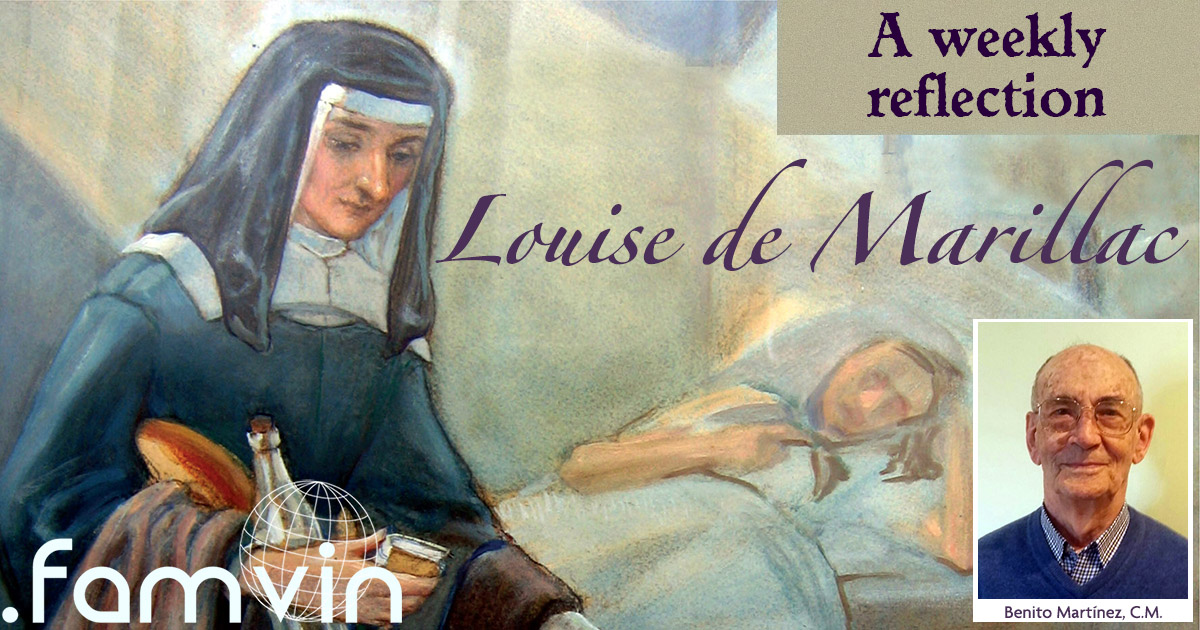“Mademoiselle Le Gras questioned whether it’s advisable for our Sisters in the towns and countryside who teach school to take both boys and girls and, in the event that they do take boys, to what age they will keep them.
There are many reasons in favor of that. First, it can do a great deal of good, imparting the rudiments of piety to these young children, who might otherwise never be instructed. Second, this seems to be a necessity because in most localities there’s no schoolmaster. In the third place, the parents want this, and they seem to have good reason for it because it’s to be desired that their sons be at least as well instructed as their daughters. For that reason, in most of the places where they are, they pressure our Sisters to take them. In the fourth place, there seems to be nothing to worry about regarding the schoolmistress; such very small boys can’t be a source of temptation for her. Contrary to the above, we have a royal decree forbidding this and a similar ruling from the Archbishop.” (CCD Xb, document 161).”
Louise de Marillac, Council of the Daughters of Charity, October 30, 1647.
Reflection:
- In the seventeenth century, there were few villages with schools; the common thing was the traveling teachers who, for little money, taught the children of the peasants. But the parents did not school their children because they could not pay even the little they asked, but because they needed them to work from early age, and above all because they had no illusion, since their children would always be poor.
- The big problem was to make mixed schools, forbidden by civil and ecclesiastical authorities. Only boys went to school, not girls who kept tending to their younger siblings and doing housework, since the mothers went to the countryside to work or to glean. But the Daughters of Charity welcomed the girls and not the children. This is the situation that found Louise de Marillac and proposed a revolutionary solution the Council cited.
- But her audacity goes further and, contrary to civil and ecclesiastical laws, adds that “they must receive, at any time, any girl of any age who would like to come to learn. They must have the discretion to have those girls who are timid and bashful enter a special area, welcoming them warmly even when they come at mealtime or very late.” (A 90).
- Also nowadays the student mix is a complex matter. The problem is not the boys and girls mixed classes, it is the mix of natives and foreigners. There are students of our nationality, but born in another country; some have foreign passports despite being born here; and another group, growing, has been born here, but their parents come from other countries. A complicated mix of assimilation into an increasingly inclusive society.
- Parents should insert them, but it is difficult because they too are immigrants, and so they give this task to teachers, requiring them, in addition to teaching, to integrate them. And they must do it and take it into account, but it is not their main task. To integrate them is the obligation of the whole society, and therefore, of all the groups, among which are all Branches of the Vincentian Family.
Questions for dialogue:
- In the integration of immigrants, what is more influential: laws or testimony? What role do the laws play?
- In your environment, are there integration relations between native and foreign? Do you know of situations that oppress the outsiders?
- Who is more marginalized, the poor or the foreigner? What can the Vincentian Family do to integrate all?
Benito Martínez, C.M.








0 Comments